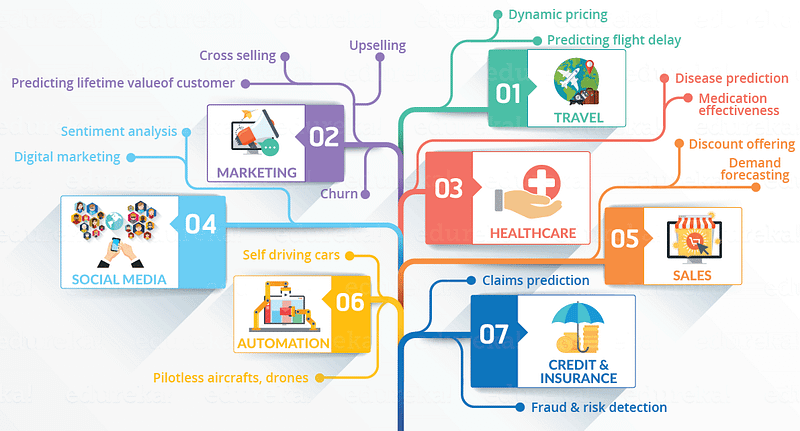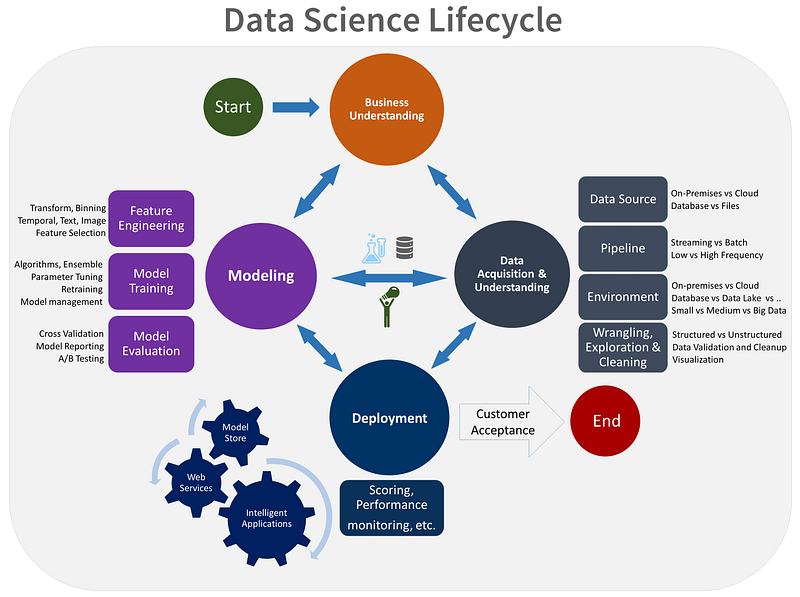Data Science Introduction

This is the 2nd post of blog post series ‘Data Science: The Complete Reference’, this post covers these topics related to data science introduction.
- What is Data Science?
- Why Data Science is important?
- How to do Data Science?
Want to learn more? visit www.ankitrathi.com
What is Data Science?
Data science is an interdisciplinary field that uses scientific methods, processes, algorithms and systems to extract knowledge and insights from data in various forms, both structured and unstructured, similar to data mining. ~Wikipedia
Data Science is a field where we apply ‘science’ to available ‘data’ in order to get the ‘patterns’ or ‘insights’ which can help a business to optimize operations or improvise decisions.

[embed]https://www.edureka.co/blog/what-is-data-science/[/embed]
[embed]https://www.edureka.co/blog/what-is-data-science/[/embed]
[embed]https://www.edureka.co/blog/what-is-data-science/[/embed]
Why Data Science is important?
Every business has data but its business value depends on how much they know about the data they have.
Data Science has gained importance in recent times because it can help businesses to increase business value of its available data which in turn can help them to take competitive advantage against their competitors.
It can help us to know our customers better, it can help us to optimize our processes, it can help us to take better decisions. Because of data science, data has become strategic asset.
In the following chart, you can have a look at the business use cases where data science is being used in the industry.

[embed]https://www.edureka.co/blog/what-is-data-science/[/embed]
[embed]https://www.edureka.co/blog/what-is-data-science/[/embed]
[embed]https://www.edureka.co/blog/what-is-data-science/[/embed]
How to do Data Science?
A typical data science process looks like this, which can be modified for specific use case:
- Understand the business
- Collect & explore the data
- Prepare & process the data
- Build & validate the models
- Deploy & monitor the performance

We will discuss each step in detail in upcoming posts.
Ankit Rathi is an AI architect, published author & well-known speaker. His interest lies primarily in building end-to-end AI applications/products following best practices of Data Engineering and Architecture.
Why don’t you connect with Ankit on YouTube, Twitter, LinkedIn or Instagram?
If you have any questions or comments, click the "Go To Discussion" button below!